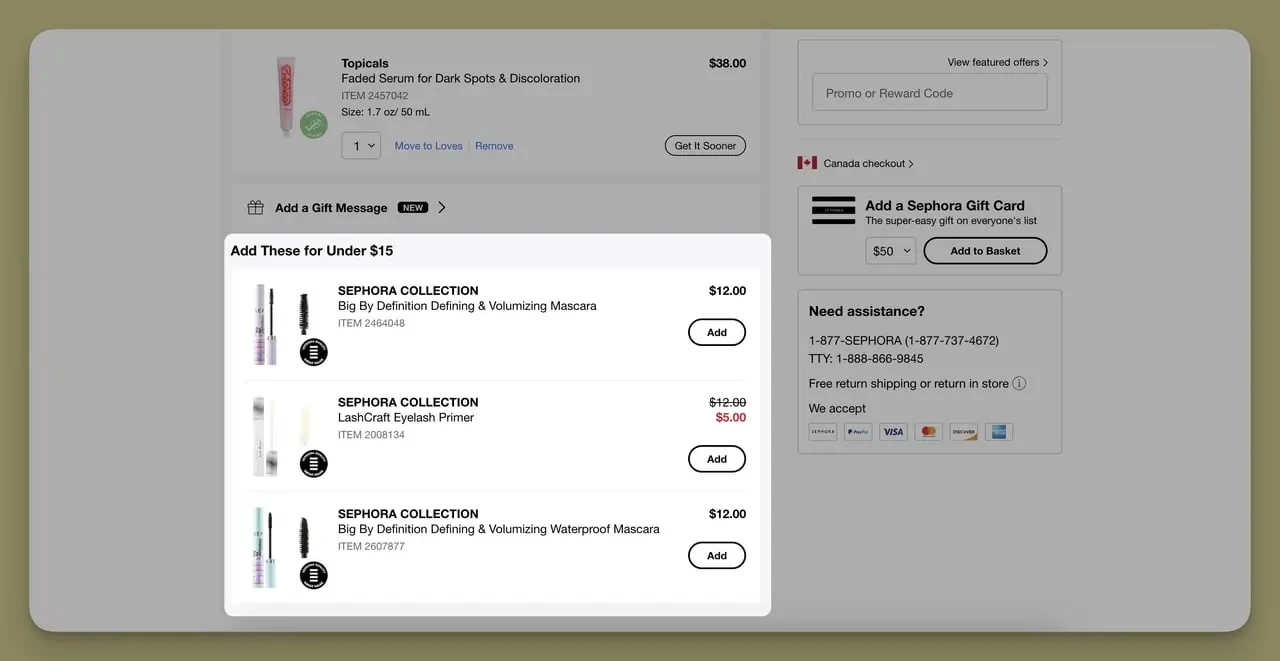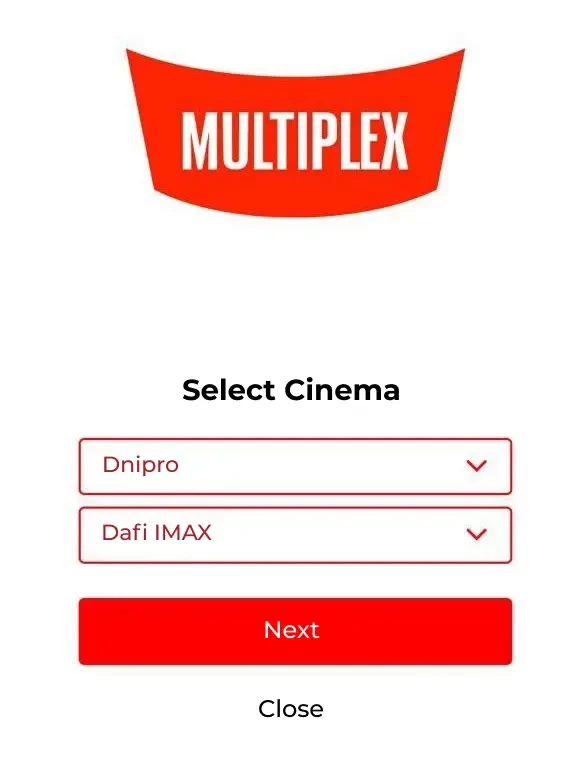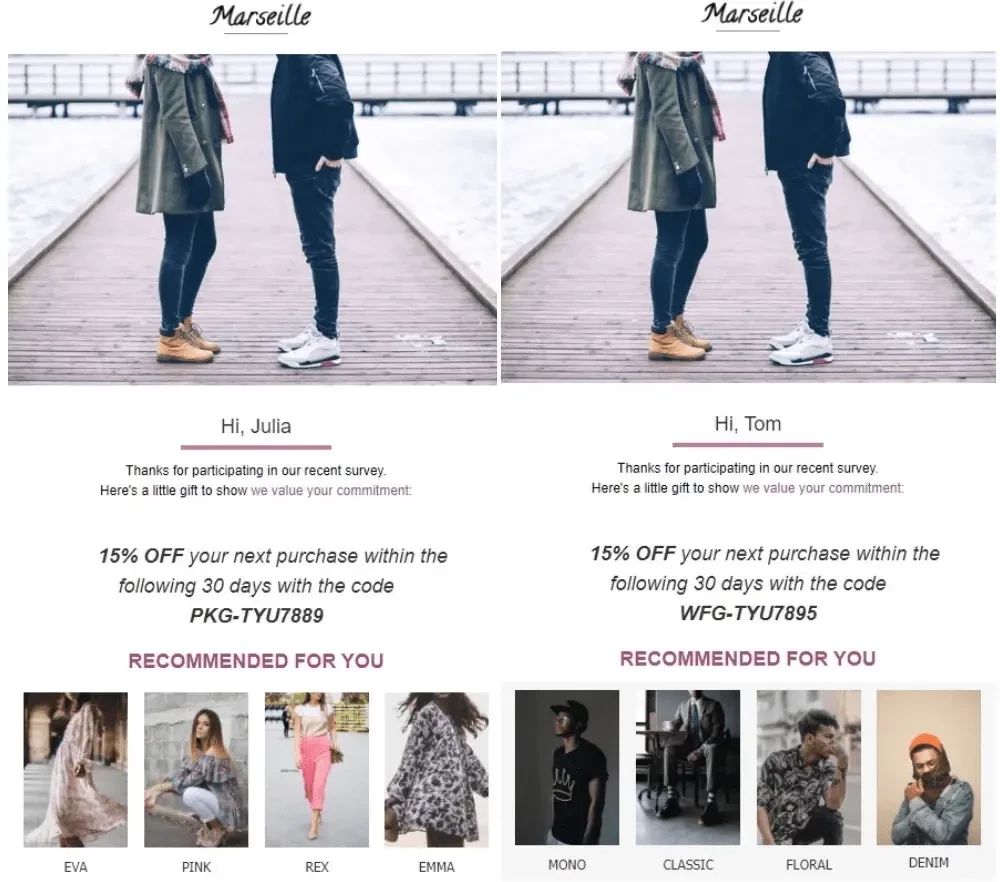User Segmentation
In the swirling bazaar of today’s internet, it’s easy for genuine voices to blend into background noise. User segmentation slices through that noise like a bright neon sign over a bustling street, guiding each visitor to exactly what they crave. When user segmentation is woven into every email, product page, and push alert, people feel seen—almost as if an attentive shopkeeper remembered their favorite flavor the moment they walked in.
What is User Segmentation?
User segmentation is the craft of gathering your crowd into vivid, manageable clusters built around shared characteristics—demographic details, browsing habits, psychographic quirks, or even the phone in their pocket. Think of it as arranging party guests at tables so conversation flows. In strict glossary terms, user segmentation is the process of grouping users by meaningful traits so you can understand them deeper and serve them better.
While customer segmentation traditionally targets only paying buyers, user segmentation embraces the entire family: curious passers‑by, long‑term subscribers, lapsed accounts, and future superfans. Marketers often segment users by:
- Demographics—age, language, income.
- Behaviors—pages viewed, features adopted, cart adds.
- Technographics—device, OS, app version.
- Lifecycle moments—fresh sign‑ups, at‑risk churners, seasoned VIPs.
The richer the data, the sharper the user segmentation lens. With it, teams decode customer behavior, run cohort analysis, and lift conversion rate, customer lifetime value (CLV), and Net Promoter Score (NPS) in one coordinated whirl.
How Does User Segmentation Work?
Imagine pouring a thousand multi‑colored beads onto a velvet cloth. At first, it’s chaos—a dazzling, useless pile. User segmentation is the gentle fingertip that nudges rubies into one corner, sapphires into another, pearls in a tidy line. It begins the moment raw data leaves your app or store shelf: page views turn into timestamps, purchases turn into revenue records, clicks into intent. Analysts, armed with a jeweler’s loupe, decide which glints matter—maybe language plus plan tier, or purchase frequency against churn risk.
The data flows into a single lake where algorithms—or sometimes plain‑old SQL—label each bead. Segments breathe: they update in real time as users change mood, device, or location. Marketing then swoops in like an excited curator, lifting each cluster into the spotlight. A Copenhagen runner who just bought trail shoes gets a push about waterproof socks before tomorrow’s rain; a Los Angeles binge‑shopper receives a midnight email about curated streetwear drops. Product managers watch customer engagement metrics the way a chef tastes soup—adjusting seasoning until each segment’s experience feels perfectly balanced. And because every action is measured against control groups, the user segmentation engine only grows wiser, never stale.
Benefits of User Segmentation
Sharper Personalization
With precise user segmentation, recommendations feel tailor‑made rather than spray‑painted across the crowd. Personalization becomes a warm handshake that sparks joy and loyalty.
Higher Retention & Lower Churn Rate
When the onboarding journey speaks each segment’s dialect, newcomers stick around, and restless veterans rediscover value. Churn rate drops, while CLV climbs like yeast in a warm oven.
Smarter Spend & Revenue Uplift
Budget stops leaking into the void. Campaigns hit the bull’s‑eye because user segmentation tells you exactly which arrow to fire—and when.
Product‑Led Growth
Upgrades, tool‑tips, and feature flags unfurl at the perfect moment for every cohort. Cohort analysis shows adoption curves rising like a sunrise over the sea.
Common Types of User Segmentation
Demographic Segmentation
Age, gender, income, job title—classic yet potent. For example, user segmentation here lets a cosmetics brand whisper about sustainability to Gen Z while celebrating anti‑aging science with Gen X.
Geographic Segmentation

Snow boots in Oslo, flip‑flops in Miami. Geography‑based user segmentation respects climate, currency, and local traditions, ensuring offers land naturally.
Psychographic Segmentation

Values, beliefs, and lifestyles shape desires. Music apps, for example, treat “nostalgic vinyl lovers” far differently than “progressive jazz aficionados,” thanks to psychographic user segmentation.
Behavioral Segmentation

Purchases, scroll depth, and session cadence reflect true intent. Behavioral user segmentation spots cart‑abandoners versus power shoppers, tailoring nudges with surgical precision.
Value‑Based Segmentation
Not all customers weigh the same in the ledger. Value‑centric user segmentation identifies high‑CLV patrons for VIP perks while steering cost‑efficient self‑service to lighter tiers.
User Segmentation for Ecommerce
Segmentation by Shopping Behavior
E‑retailers thrive on pattern spotting. If user segmentation reveals a cohort forever browsing “Sneakers > New Drops,” limited‑edition alerts will feel like treasure maps.
Personalized Marketing Campaigns
Dynamic email marketing harnesses user segmentation so each template swaps in wish‑list images, abandoned‑cart reminders, or last‑viewed categories that spark instant recognition.
Customer Value Segments (CLV Tiers)
High‑rollers see concierge‑style chat and free two‑day shipping, mid‑tiers unlock bundle discounts, and budget browsers receive referral‑code gifts—an elegant dance choreographed by user segmentation.
Geo and Demographic Segmentation
Singles’ Day hype routes to Asian shoppers, while Black Friday floods American inboxes. Geo‑driven user segmentation customizes timing, language, and inventory in one stroke.
How to Implement User Segmentation
Gather the Right Data

A castle is only as sturdy as its foundation. Start with a forensic analytics audit. Without clean events, user segmentation is guesswork cloaked in fancy dashboards.
Choose Meaningful Criteria
Chase impact, not trivia. Blend qualitative user personas with quantitative signals. Solid user segmentation criteria answer real questions: Who converts fastest? Who risks churning next week?
Put Segments to Work

Sync live cohorts into ESPs, ad platforms, and in‑app journeys. Personalized onboarding checklists, product‑led tool‑tips, and remarketing ads all blossom from thoughtful user segmentation.
Measure and Iterate
Every segment is a living creature—watch how it grows. Track Customer Engagement metrics, CLV, churn rate, and conversion rate. Refine the segmentation strategy the way a gardener prunes vines for better fruit.
Examples of User Segmentation in Action
ASOS—Behavior + Geo
When ASOS paired behavioral patterns with location‑based user segmentation, Australian shoppers saw summer wear while UK visitors explored cozy coats. Conversion rose by double digits.
Amazon—CLV‑Based Service Levels
Prime is essentially a CLV‑driven user segmentation masterclass: VIPs enjoy same‑day shipping and exclusive deals, while occasional browsers get gentle nudges toward subscription benefits.
Nike—App Feature Adoption
Nike’s running app used user segmentation to target athletes who logged miles but skipped social challenges. A tailored banner boosted feature adoption by 22 percent.
Sephora—Personalized Email Marketing
Sephora stitches quiz results, purchase history, and churn signals into rich user segmentation layers. Emails laced with expiring loyalty points coaxed at‑risk skincare fans back, slicing churn rate by eight points.
Spotify—Psychographic Playlists
Spotify’s “Made for You” shelves depend on psychographic user segmentation to conjure lo‑fi beats for night‑owl students and ’90s hip‑hop for nostalgia seekers, driving jaw‑dropping daily user engagement.
Final Thoughts
At its heart, user segmentation is empathy powered by math. It transforms bare statistics into living stories—stories that let brands greet every visitor like a dear friend stepping through the door. Nurture those stories, polish the segments, and your business will not just speak louder—it will speak the exact words someone was secretly hoping to hear.
Join Our Blog Newsletter!
Stay updated with our latest email marketing tips, product news and case studies.
Terms in the same category
Behavioral Data